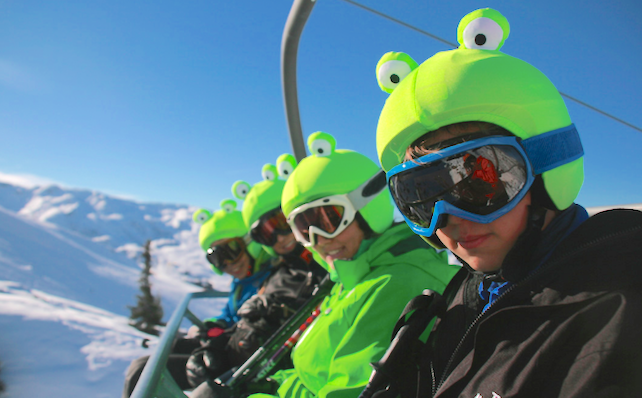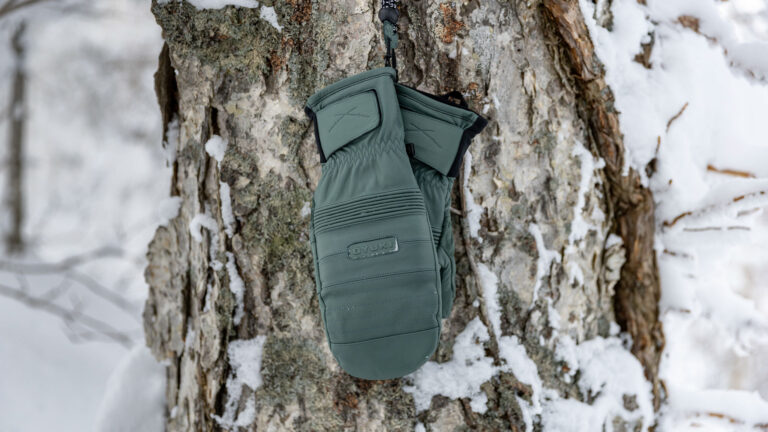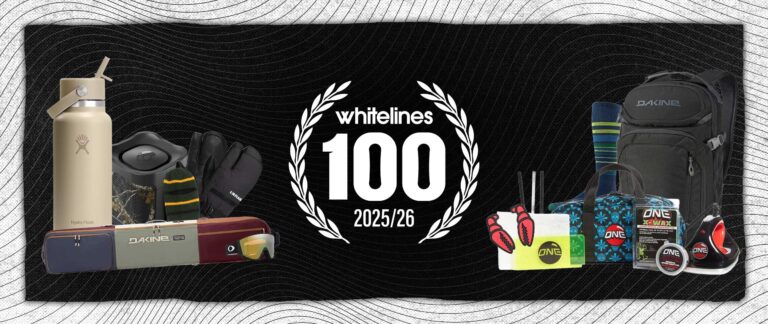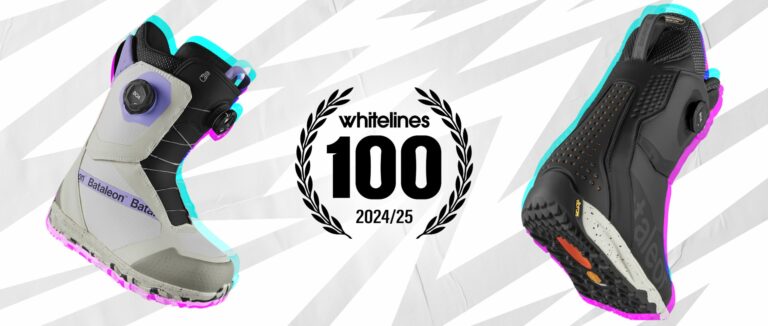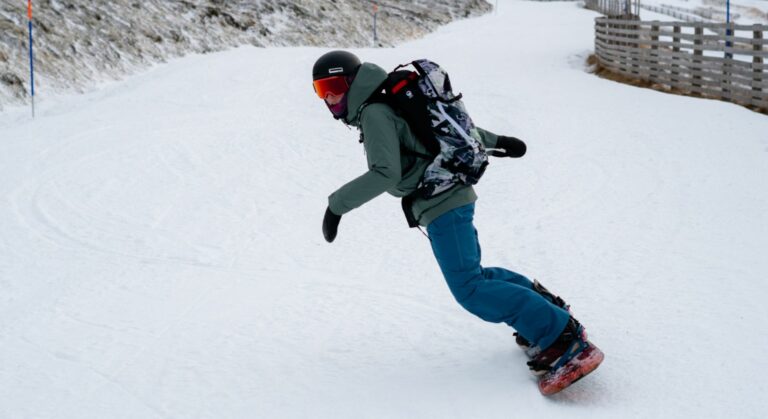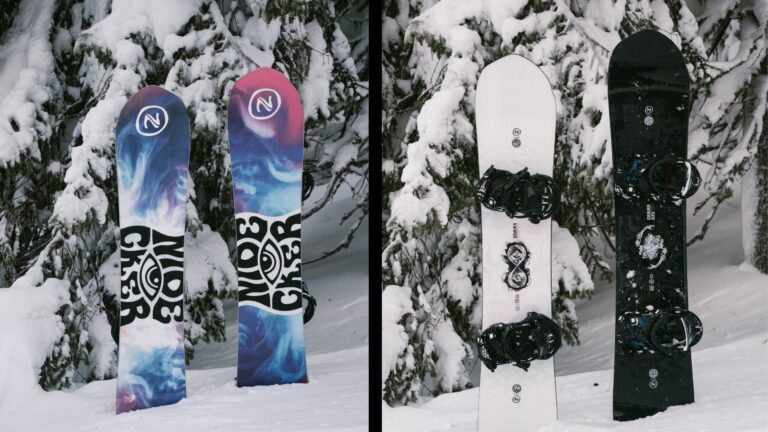Above: PC- Ed Blomfield
New research from the Journal of Trauma and Acute Care Surgery by researchers at Dartmouth-Hitchcock has revealed that despite helmet usage almost doubling from 43% to 81% during the 8 year study, head injury did not significantly decrease. Regardless of the massive jump in helmet usage, the injury rate only dropped from 49% to 43%.
“Snowboarders wearing helmets were actually more likely to suffer a more severe injury”
We were left scratching our heads after reading the results of the study, not only due to the steady injury rate, but the fact that skiers and snowboarders wearing helmets were actually more likely to suffer a more severe injury (such as an intracranial haemorrhage). Although helmeted riders were better off for scalp lacerations, cervical spine injuries and skull fractures.
The study concludes by reinforcing “the importance of safe skiing practices and trauma evaluation after high-impact injury, regardless of helmet use”. The researchers behind the study are quick to point out that they all wear helmets when riding, and urge others to do the same. So the question is not whether or not to wear a helmet, but whether wearing a helmet inflates people’s bravado. Helmets reduce the risk of the wearer sustaining completely preventable injuries, but do they encourage people to be hazardous on the slopes?
“The question is not whether or not to wear a helmet, but whether wearing a helmet inflates people’s bravado”



